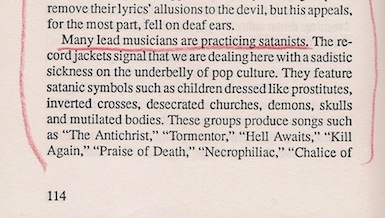Face-Off
Scott Young and George Robertson
Toronto: Macmillan, [1971]
It's playoff time in the NHL and who cares? Canada, the nation referred to in the league's name, hasn't had a team in contention since April. The last ice I saw was in February. It's two weeks to the summer solstice, for goodness sake.
Face-Off dates from just about the time things started going south. Pun intended. This is not a literary endeavour, but a bit of hack work described awkwardly as "a novel based on an idea created by John F. Bassett".
That would be the John F. Bassett who was the son of John W.H., father of Carling, and owner of the justly forgotten Memphis Southmen, Birmingham Bulls and Tampa Bay Bandits. His idea – not at all bad – was to turn Love Story into something that would appeal not only to readers of Erich Segal, but Rolling Stone and The Hockey News. The novel would be followed by a feature film and, ultimately and improbably, a delicious chocolate bar.
George Robertson, screenwriter of the unjustly forgotten Quentin Durgens, M.P., was recruited, as was sportswriter Scott Young. The casting of the latter name was particularly inspired; Young had not only penned a few kids' hockey adventures, but was the father of Neil.
The hero here is Billy Duke, a defenceman touted as "the third in a line of Golden Boys" that includes Bobbys Hull and Orr. The hottest of prospects, Billy is about to be drafted when he meets beautiful, talented folk-rock chanteuse Sherri Lee Nelson, a hippy chick who has "a trim, lean figure with everything in about the right amounts distributed in the right places."
I thought I'd have a field day with Face-Off; everything about it seemed on the surface so silly – "Happy flip-side and all that jazz... Pull up a joint and make the scene", Sherri's manager invites – and yet I came to care for Billy and Sherri and was shaken when the ending, which is set up to be very Disneyesque, turns out to be anything but.
Reading Face-Off has made me want to see the film... and reading about that film makes me want to see it all the more. A commercial failure, it was criticized for focusing too much on hockey; just about half the run time is taken up by footage of games. Like the novel, it skates between fact and fiction; Derek Sanderson, Bobby Orr, Brad Park and Jacques Plante all figure as characters.
Nine – just – when Face-Off was released, I was only dimly aware of its existence. Still, even as a young pup I recognized that it served as the inspiration for SCTV's Power Play, "the Great Canadian Hockey Film", starring
The parody features in the DVD reissue of Face-Off.
Such good sports.
Object and Access: A slim hardcover in dark blue boards with shiny red type, the Macmillan first edition, with its 6000 print run, supposedly sold out by November 1971. That same month, Pocket Books let loose 50,000 mass market paperbacks, though you'd never know it from online booksellers. Three copies of the Pocket edition are listed at between US$5 and US$21 (condition not a factor). The Macmillan edition is more common online with all sorts of acceptable copies going or about ten bucks.
































